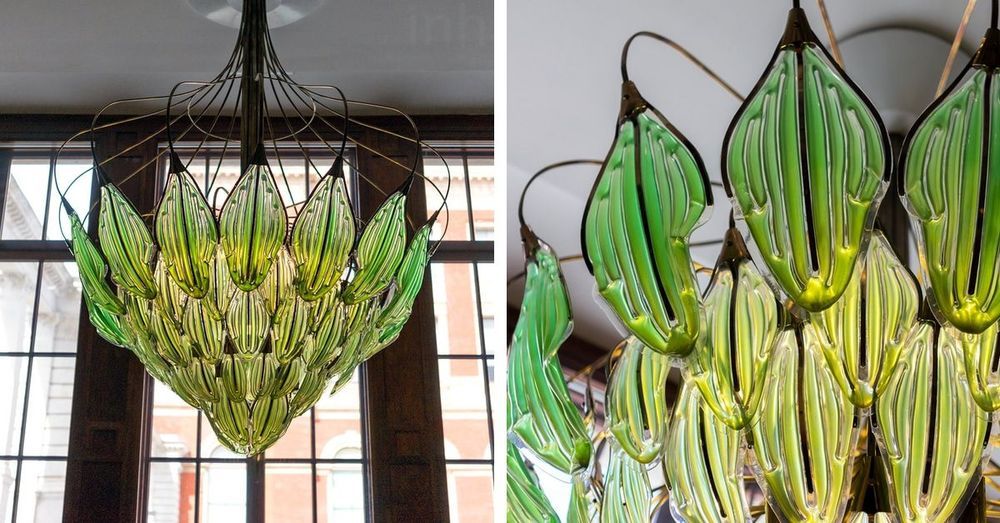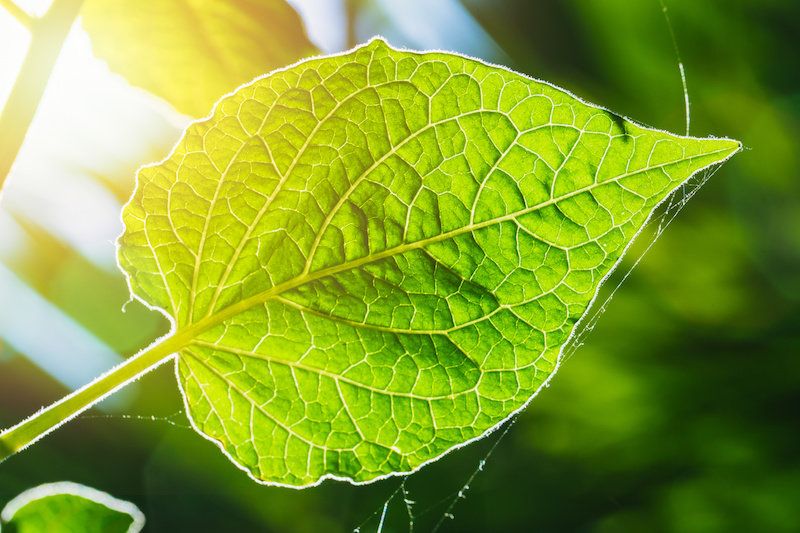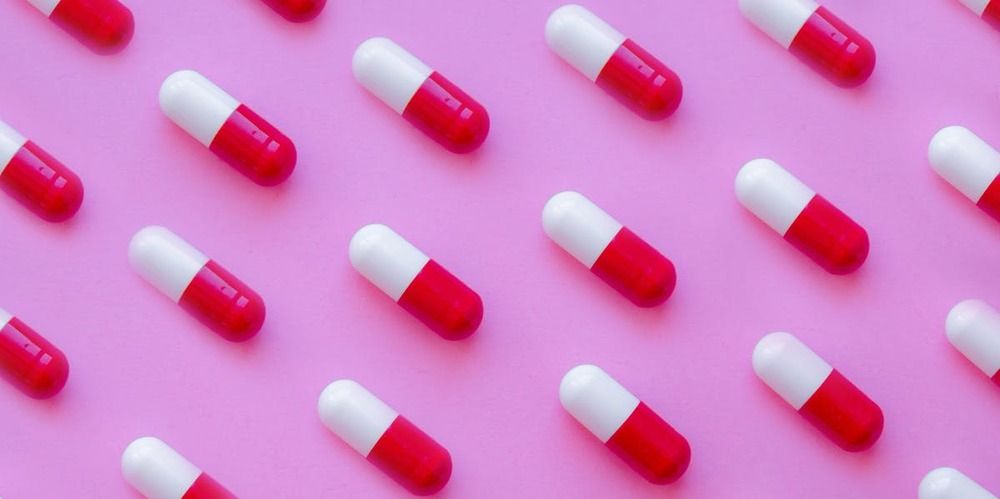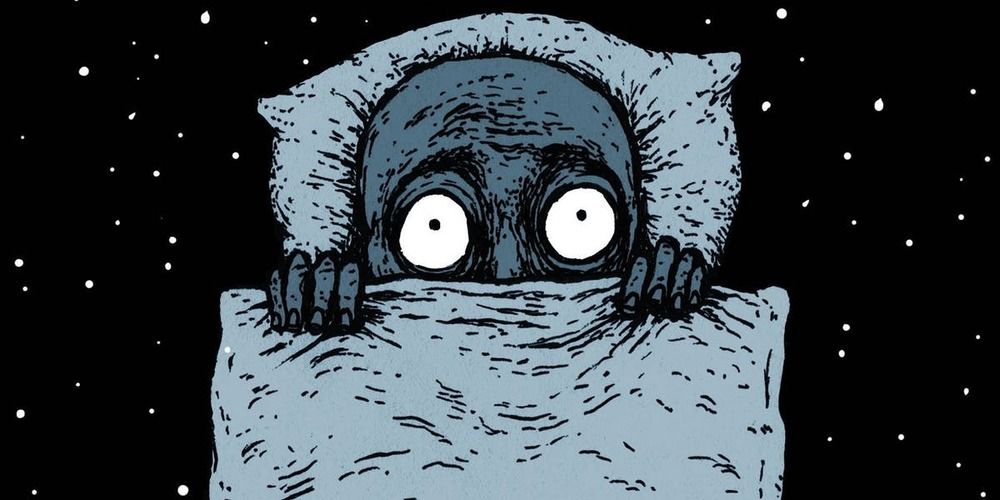Julian Melchiorri’s “Exhale” is a piece of green lighting where algae help purify air. The prototype chandelier was recently at the London Design Festival.



Scientists have solved the structure of one of the key components of photosynthesis, a discovery that could lead to photosynthesis being ‘redesigned’ to achieve higher yields and meet urgent food security needs.
The study, led by the University of Sheffield and published today in the journal Nature, reveals the structure of cytochrome b6f — the protein complex that significantly influences plant growth via photosynthesis.
Photosynthesis is the foundation of life on Earth providing the food, oxygen and energy that sustains the biosphere and human civilisation.

Increases in life span are one of the greatest success stories of modern society. Yet, while most of us can expect to live longer, we are spending more years in ill health. Reducing this period of ill health at the end of life is the main aim of a group of scientists known as biogerontologists.
By studying aging in animals, including fruit flies, worms, and rodents, biogerontologists have identified biological phenomena involved with aging that all these organisms share. And some of these biological processes may also regulate aging in humans.
Scientists attempting to understand and improve the aging process have identified many molecules that appear to improve aging in these animals (although evidence in humans remains scant). These molecules include compounds found in grapes, apples, and even bacteria.



Artificial muscles will power the soft robots and wearable devices of the future. But more needs to be understood about the underlying mechanics of these powerful structures in order to design and build new devices.
Now, researchers from the Harvard John A. Paulson School of Engineering and Applied Sciences (SEAS) have uncovered some of the fundamental physical properties of artificial muscle fibers.
“Thin soft filaments that can easily stretch, bend, twist or shear are capable of extreme deformations that lead to knot-like, braid-like or loop-like structures that can store or release energy easily,” said L. Mahadevan, the Lola England de Valpine Professor of Applied Mathematics, of Organismic and Evolutionary Biology, and of Physics. “This has been exploited by a number of experimental groups recently to create prototypical artificial muscle fibers. But how the topology, geometry and mechanics of these slender fibers come together during this process was not completely clear. Our study explains the theoretical principles underlying these shape transformations, and sheds light on the underlying design principles.”


Polymorphism is a remarkable concept in chemistry, materials science, computer science, and biology. Whether it is the ability of a material to exist in two or more crystal structures, a single interface connecting to two different entities, or alternative phenotypes of an organism, polymorphism determines function and properties. In materials science, polymorphism can be found in an impressively wide range of materials, including crystalline materials, minerals, metals, alloys, and polymers. Here we report on polymorphism in a liquid crystal. A bent-core liquid crystal with a single chiral side chain forms two structurally and morphologically significantly different liquid crystal phases solely depending on the cooling rate from the isotropic liquid state. On slow cooling, the thermodynamically more stable oblique columnar phase forms, and on rapid cooling, a not heretofore reported helical microfilament phase. Since structure determines function and properties, the structural color for these phases also differs.


ROME (Thomson Reuters Foundation) — It may sound like science fiction, but in a few short years the family dinner table may be laden with steak from a printer and other proteins produced from air, methane or volcanic microbes.
With the explosive success of vegan beef and burger substitutes developed by Beyond Meat and Impossible Foods, the alternative protein sector just keeps growing.
According to investment bank Barclays, alternative meat sales could reach $140 billion — or 10% of the global meat industry — within a decade, or a 10-fold increase from current levels.